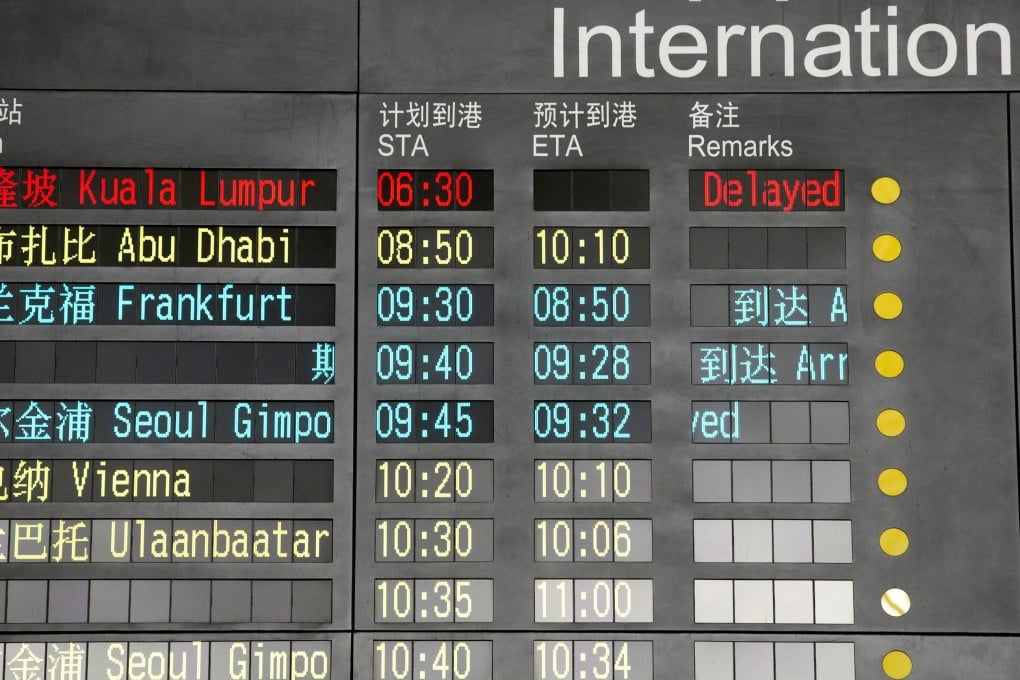A decade after Malaysia Airlines Flight 370 disappeared, planes still at risk of vanishing off the map
- Ten years after MH370, an industry-wide push to rule out a similar case has been stymied by bureaucracy, financial pressure, and a debate about who should have ultimate control of the cockpit
- A key tracking tool for aircraft to broadcast their position at least every minute if they are in trouble has twice been delayed and only set to go into force in 2025

“Good Night. Malaysian Three Seven Zero.”
Those six words were the last radio transmission from the cockpit of Malaysia Airlines Flight 370, less than an hour after the aircraft took off late at night from Kuala Lumpur to Beijing on March 8, 2014. Minutes later, the plane disappeared from air-traffic control radar screens.
The huge Boeing 777 jet, almost as long as a Manhattan city block and taller than a five-storey building, had somehow managed to make itself invisible in the clear night sky. There were 239 people on board.
Ensuing search operations combed through some of the deepest ocean floors in the inhospitable southern Indian Ocean, hundreds of miles off Australia’s western seaboard, and found no trace of the main fuselage or any passengers and crew. Of the 3 million components in the 777, just a few fragments washed ashore years later on the east African coast.
With no mayday call, no known flight path and no wreckage, MH370 remains modern aviation’s biggest mystery. And while investigators had very little to go on, they were clear on one thing: a plane must never go missing like this again.
Yet 10 years on, an industry-wide push to rule out a similar case has been stymied by bureaucracy, financial pressure, and a debate about who should have ultimate control of the cockpit, according to years of regulatory amendments chronicling the process.